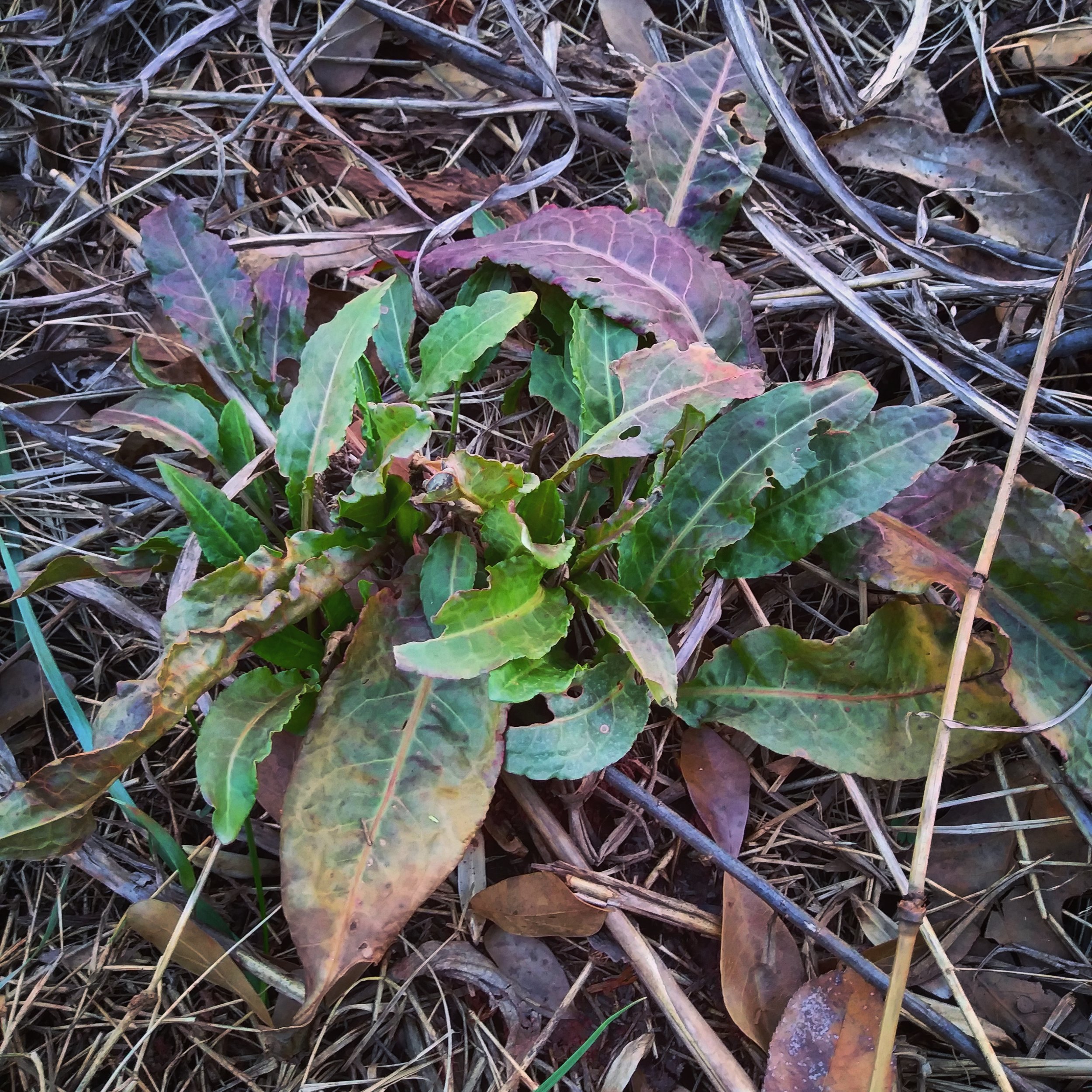"Many tribes also had a tradition of decorating their dwellings with redbud wreaths and twigs, to help “drive out the spirit of winter” and bring on planting time."
Read more#WildEdibleWednesday 2/28 - Chickweed
"Chickweed is just another example of how the most valuable plants in your yard are probably the ones you’ve been trying to kill. Along with plantain, oxalis, lamb’s ear, burdock, dandelion, and many more, there’s a whole salad bar and pharmacy right outside your front door."
Read moreSARCRAFT News February 2018
Want to know what's been going on at SARCRAFT this past month? Read on!
Read more#WildEdibleWednesday 2/21 - Yucca
"Yucca has several survival and bushcraft uses, and they’re all really, really cool. Three particular ones stand out, however."
Read more#WildEdibleWednesday 2/14 - Wild Onion
"One of the most effective traditional uses of the plant is to crush up the leaves and rub down your whole body with them – it’s a surefire way to repel ticks, mosquitoes, biting flies, fleas, and other humans."
Read more#WildEdibleWednesday 2/7 - River Cane
"Where river cane really shines is in bushcrafting. The uses of river cane for projects big and small is limited only by your imagination. While not big enough to make cups, bowls, spar poles, and improvised iPhone speakers (if you know, you know) like bamboo, river cane is still a highly useful resource."
Read moreA New Course, and a Personal Note From Alex
"This course will be one of the most personally meaningful things I’ve done with SARCRAFT to date, and that’s saying a lot. As most of you know, I attempted to thru-hike the AT in 2016. And it was a massive, epic, unadulterated failure."
Read moreSARCRAFT News January 2018
What’s been going on at SARCRAFT over the past month? Read on!
Read more#WildEdibleWednesday 1/24 - Wild Horseradish
"There is a compound called allyl isothiocyanate present in horseradish that is toxic to most bacteria, meaning that questionable or even outright spoiled meat could be cooked with horseradish and be considered reasonably safe to eat, and the pungent flavor would mask the taste."
Read more#WildEdibleWednesday 1/17 - Black Walnut
"Poachers will sneak onto a property in the middle of the night, cut down a walnut tree, and steal it... So if you have some of these trees on your property, our advice to you is to keep a good hold on your walnuts. Don’t want nobody touchin’ your walnuts without permission."
Read more#WildEdibleWednesday 1/10 - American Beech
Their bark is totally smooth – the only large tree in our area that doesn’t have textured bark when mature. This bark is a perfect canvas – look hard at any mature beech and you’ll probably see names, dates, hearts, and initials carved into the bark.
Read more#WildEdibleWednesday 1/3 - American Holly
Holly is NOT edible. The beautiful bright red (or slightly orange, depending on the soil) berries are one of the classic examples of “just because the birds are eating it, doesn’t mean you can eat it.”
Read moreSARCRAFT News Nov/Dec 2017
Here's what's been going on at SARCRAFT this past month!
Read more#WildEdibleWednesday 12/6 - Striped Wintergreen
Striped wintergreen’s primary value lies in being a powerful, reliable, year-round medicinal plant. It is a true lifesaving herb in the dead of winter, with a wide range of uses.
Read more













